5 Tips for Helping Children Continue a Conversation

I have over a dozen students with social communication goals. Almost every single one of those students has a goal to keep an on-topic conversation going for 3+ turns. Why? Because it is really hard, for my students to do! My talkative students can talk for many turns, but they change the topic at every turn. My quieter students may be able to stay on topic, but I never know because they don’t contribute to the conversation without heavy prompting. And yet conversational skills are crucial to friendships in the upper grades as well as jobs and adult skills later in life.
So… how can I help my students to be part of a conversation?
5 Tips for Helping Children to Keep a Conversation Going
1. Tell them the topic. Many students have difficulty understanding what the topic actually is. They don’t realize that there is a main topic, so adding their comments about something else does not seem problematic. Ways to tell them the topic include: verbally reinforce what is being talked about, write it down, and ask the student periodically what the group is talking about.
2. Determine non-verbal signals that their turn is over. Some students talk. And talk. And talk. Although I do not have a problem with interrupting them, it makes the student stand out less if a non-verbal cue is all that is needed. Some non-verbal cues to consider are: tapping your wrist (indicating time), pointing to another person (it’s there turn to talk), yawning (because… heck that’s real life!), or looking somewhere else.
3. Pass an object. For some students, the visual and tactile reminder that is it their turn to talk is enough to keep the conversation going for at least two turns.
4. Make them aware. Making students aware that you are working on 3, 4 or 5 turns helps them to self-monitor and make efforts to keep the conversation going. Use the student’s developing meta-cognition skills to your advantage! Many times students who do not take turns are not aware that they should be contributing to a conversation. Keep tallies every time the student takes a turn and celebrate with verbal praise at the end of the conversation.
5. Practice, practice, practice. I practice these skills with my 12+ social communication students every time I see them. I give them visual and verbal prompts when needed and I have them keep track of their number of turns. We celebrate when the conversation is finished and oftentimes minimal to no additional prompts are needed. This is a lifelong skill that has no definitive beginning and end. The more the student practices, the better he or she will become!
“Continuing the Conversation Like a Pro” Lessons
Looking for a structured way to introduce these skills in the classroom? Click here for my “Continuing the Conversation like a Pro” lessons! I love the idea of “keep passing the ball” to your teammates and eventually decided that a sports theme would be the perfect way to teach the teamwork involved in conversational skills.
“Continuing the Conversation Like a Pro” uses a sports team approach of working together to win the game. The lessons are set up to build upon each other. The team practices until they are ready for the big game. What is special about this game, however, is that everyone wins when the team works together.
It is important for students to understand that there are both comments and questions in most conversations and that everyone must contribute. Conversations work best when everyone has approximately the same number of turns. There is no one winner. Everyone can win at this game!
Lessons:
1. Question Practice (Soccer): Learn to identify questions.
2. Question Practice Game (Soccer): Ask and answer questions about a given topic.
3. Comment Practice (Basketball): Learn to identify comments.
4. Comment Practice Game (Basketball): Make on-topic comments about a given topic.
5. Comment/Question Identification: Identify and sort comments and questions.
6. Comment/Question Practice: Ask and answer small numbers of questions as well as make small numbers of comments about a given topic.
7. The Everybody Wins Tournament: Ask and answer multiple questions as well as make multiple comments about a given topic. The entire team wins when all of the balls have been played.
Take a peek at what is inside:
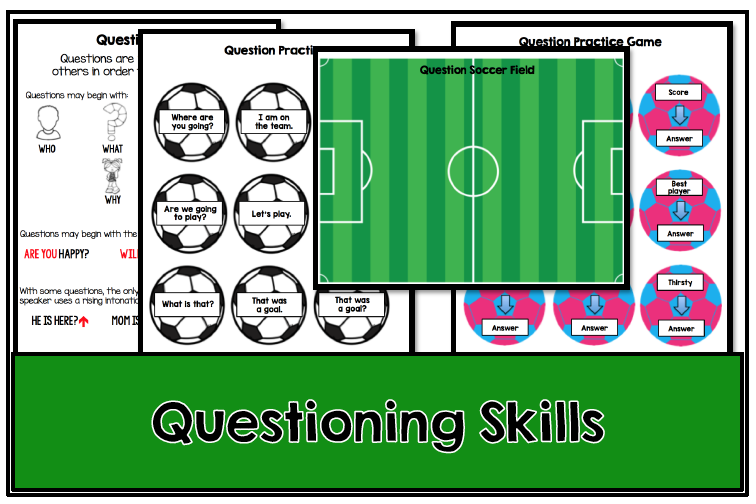
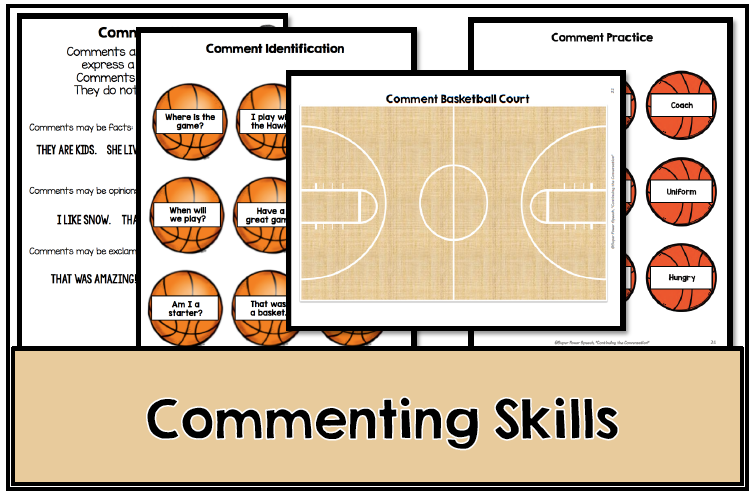
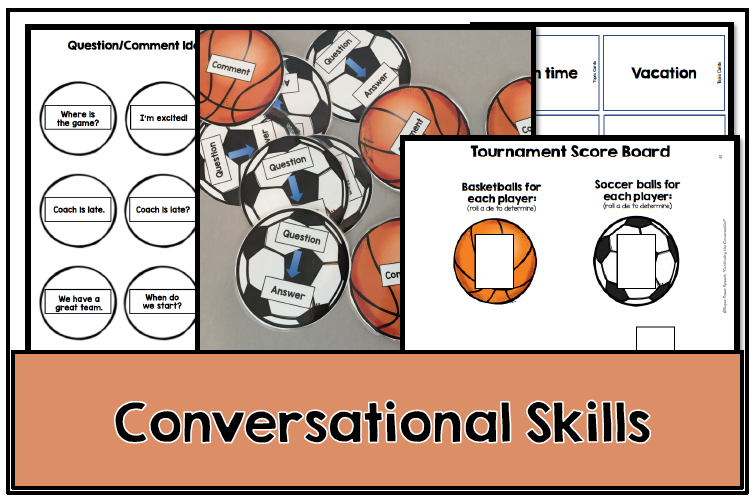
Watch my daughter and I demonstrate the final lesson:
I hope that you find these lessons as useful as I have for passing the ball and continuing the conversation!
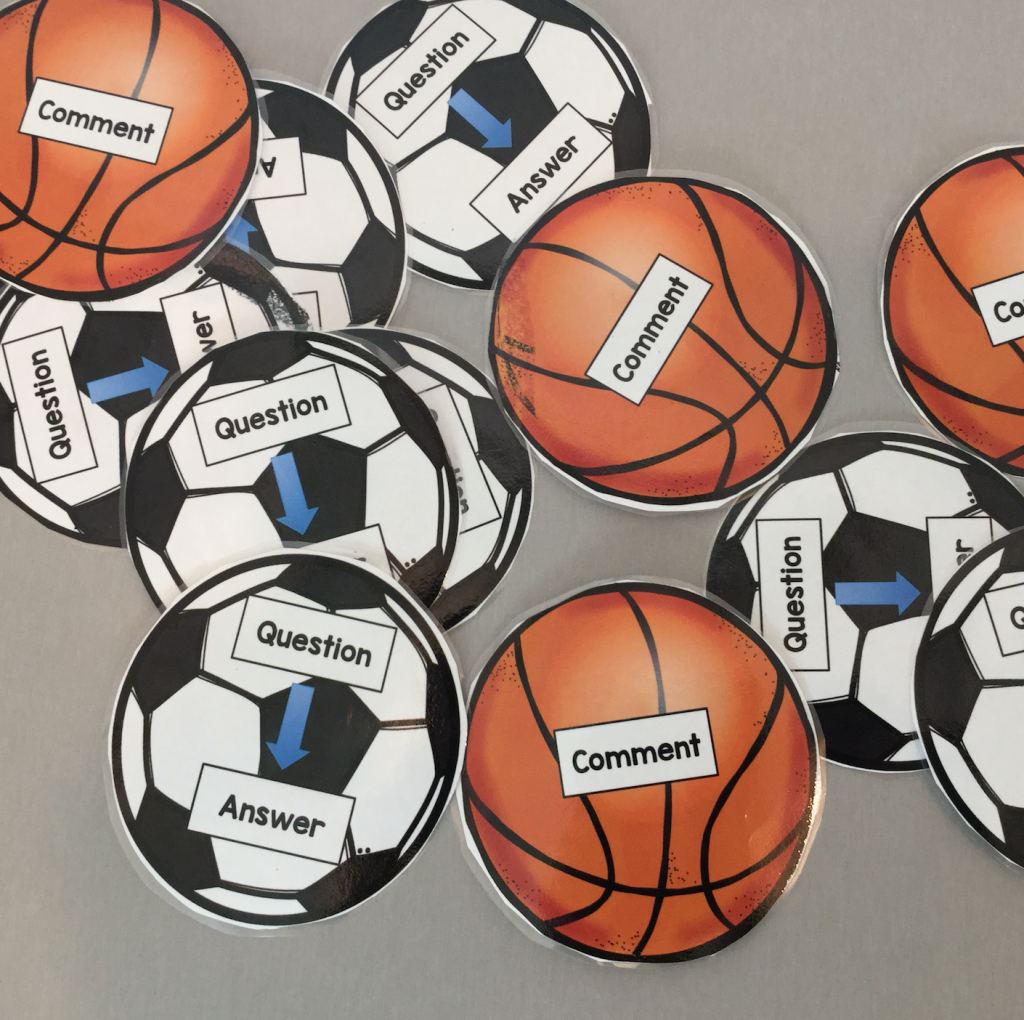
Please make sure to watch the video! I paid my 12 year old to make that intro for me… Let me know if my money was well spent by commenting below!
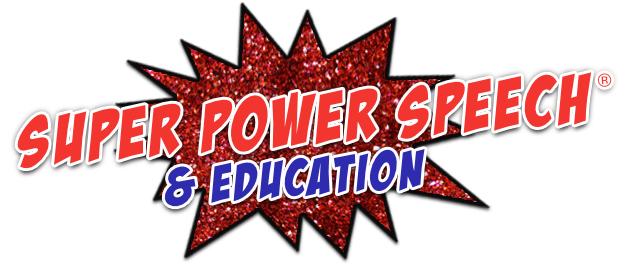
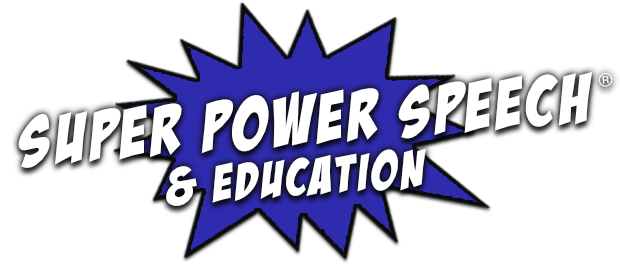
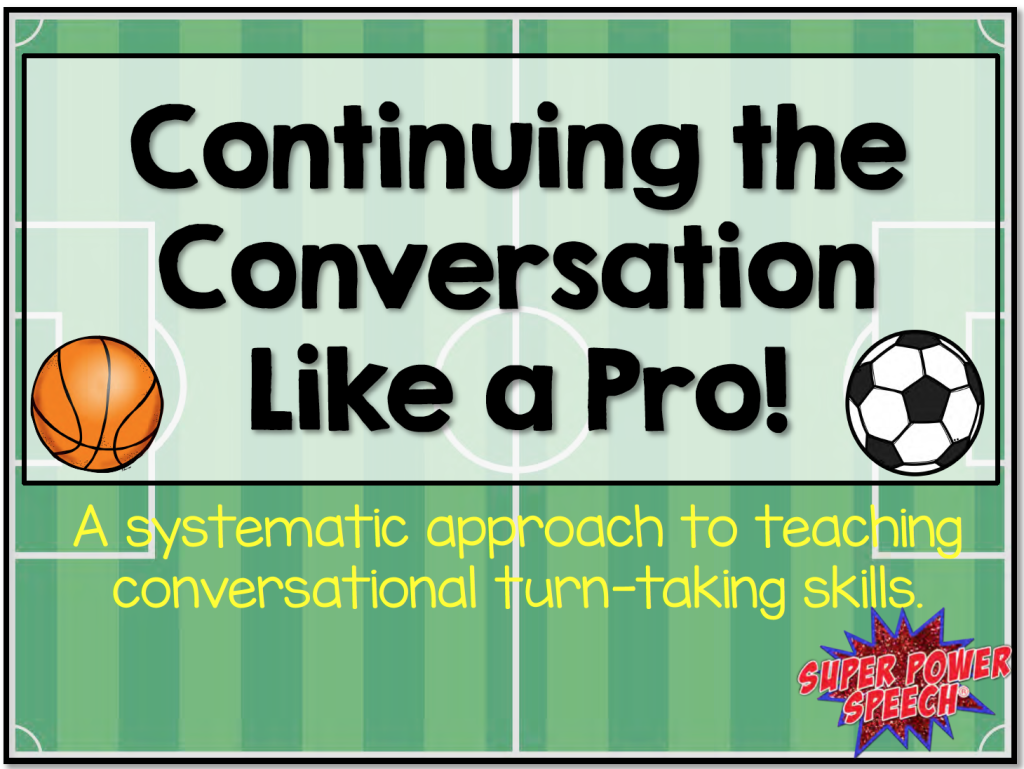


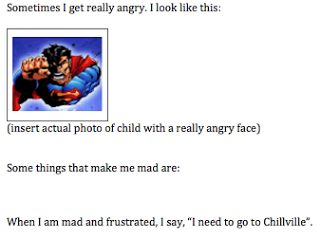


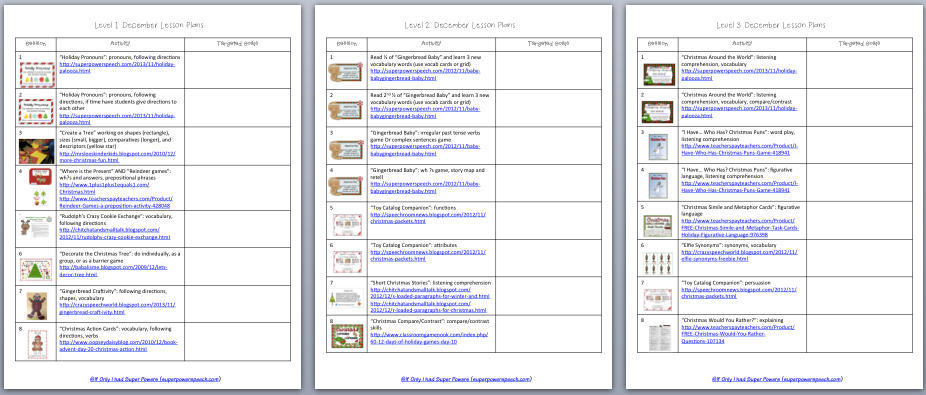
What ages do you recommend using this for? I’m a special Ed teacher (mild/mod) in a self-contained classroom of students with multiple disabilities, including social language goals. (1st-3rd grade). But I like to incorporate as much language opportunities in the classroom to support our awesome SLP.
You’re daughter was great too!
I am using it with 2nd-5th graders. However, they are gen ed students. I think this could be too high for students in a self-contained classroom.
Quick & easy to watch! Way to hit the highlights of turntaking! Kudos to your daughter, too!